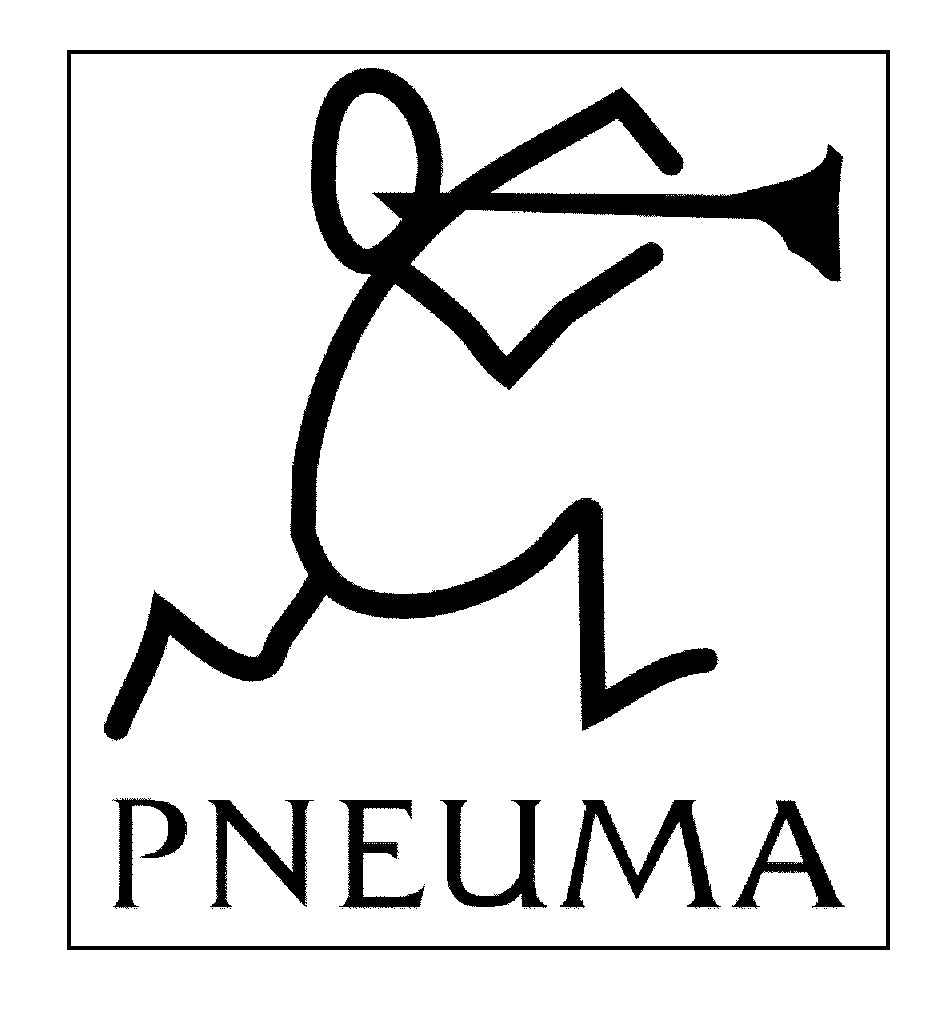ABDEL KARIM, Conductor and nay.
Originally from a solid classical background, Abdel Karim soon became involved in the search for music rooted in the past, such as medieval, renaissance, baroque or classical Arab music. He studied the masters of Morocco (Tangier and Tetuan), Syria (Damascus), Spain, Italy, etc., and put his knowledge into practice with different musical groups, concentrating intensely on giving concerts.
He has specialised in the Arab Maqam (mode) and Wazn (rhythmic patterns), as well as the technique and performance of the Nay with the prestigious Nay player from Tangier, Noureddin Acha.
The fruits of his research and experience can be appreciated in his choice of works, which are mainly from the classical Arab repertoire, respecting traditional interpretation and style. He is actively involved in concerts, festivals and recordings in Spain and abroad, both with this group, and
as a guest musician of other groups of recognised prestige.
The Abdel Karim Ensemble
Professional musicians from different countries (Syria, Egypt, Morocco and Spain) make up this group led by Abdel Karim. They concentrate on studying and performing Classical Arab Music, including both music originating from different countries, from Turkey to Egypt, in the period between the 16th and the 19th centuries, and Arab-Andalusian music from medieval Islamic Spain. It was in Al-Andalus that a poetic-musical form known as Muwashaha was born and developed. This musical form can still be found in the Maghreb, (Morocco, Tunisia, Algeria and Lybia) where it is known as Andalusí music, Maluf, etc., and also in the countries of the Orient such as Syria, Lebanon, Egypt, and so on, where it has had considerable influence. In these countries the Muwashaha has been preserved with great care and has hardly undergone any changes. It constitutes the nucleus of eastern Arab-Andalusian Music known by this name as a reminder of its place of origin. Musical, rhythmic and literary differences distinguish Oriental Arab classical music from the music still found in the Maghreb.
The music in this repertoire can be classified as ancient music and classical music and considered as parallel to baroque and classical music in the Western tradition. The use of quarter tones, perfectly arranged within the very complex Maqam modal system, and the subtle rhythms of the wazn, are of unparalleled beauty, and create a richer musical content in comparison to the Andalusí music that relies on scales similar to those found in Western music.
The Takht
The nucleus of the Abdel Karim Ensemble is the Takht. For the Arab people this word defines a small group of performers usually playing different melodic instruments such as the lute, nay and kanun, and one or more percussion instruments such as the riqq, the bendir and more recently in some countries, the derbuka. The solo voice is usually accompanied by other singers who often also play an instrument.
The Takht originated at court, and it specialised in both vocal and instrumental pieces. The musicians played on a wooden platform, raised about 45cm. off the floor. Performances were usually given in the private residences of the aristocracy, dignitaries and important members of government who welcomed this kind of artistic display.
Instruments such as the violin, the viola, the cello and double bass have been added to this takht. They are very well suited to producing the exclusive intervals mentioned, by virtue of the absence of frets. They are perfectly well accepted in this type of ensemble and orchestral formation.
Instruments
The instruments featured here have been used since time immemorial among the Arab peoples-the Nay (Arab cane flute), the Kanún (Arab zither), the ‘Ud (Arab lute) and the accompanying percussion instruments, Derbuka, Bendhir, and Riqq. Above all, the melodious voice of the Mughanni (singer) cleverly weaves the feeling of the music with the refined beauty of the poetry. From the end of the 18th century European bowed string instruments were gradually introduced starting with the violin and followed by the cello and double bass. These are played with a very different technique and although they do not form part of the traditional range of instruments they adapt perfectly.
ABDEL KARIM
English




